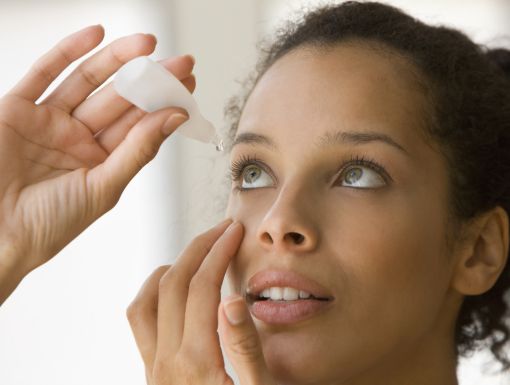
How to Keep Your Child's Eyes Safe
As a parent, you’ve probably heard the warnings and recommendations about the amount of screen time for your children. On average, an American child spends about seven hours a day in front a screen, whether it’s a computer, TV, tablet or phone screen. This amount of time includes academic/educational and recreational use.
While screens have become a part of all of our daily lives, not viewing them has become nearly impossible to avoid.

Need a vision checkup?
Schedule an appointment for your child today with Dr. Brown!
But a new concern about how increased viewing of screens can affect the health of eyes, specifically teenagers’ eyes, has been raised. Intense use of tablets and phones and the viewing of their screens are causing premature aging to eyes.
Dry Eye Syndrome
The condition is known as dry eye syndrome and without treatment, it can have lasting consequences.
Dry eye syndrome is typically associated with older adults, but is now becoming more common among younger kids and teens, due to heavy use of smartphones and electronic devices with screens. The constant staring at the screen causes your eyes to blink less, which decreases the amount of tears that keep them lubricated. This leads to the dry eye feeling.
According to the AAO and the AOA, over 3 million women and over 1 million men suffer from dry eye syndrome. Dry eye symptoms include a sand-like grittiness due to a lack of lubrication of your eyes. Tears are essential to keeping your eyes healthy, moist, and comfortable.
Dry eye is not just an annoyance - it can cause inflammation, blurred vision, and even scarring that can lead to vision loss in extreme cases.
Treatment for Dry Eyes
Artificial tears are the most common treatment for dry eyes. Artificial tears, or lubricating eye drops, supplement your natural lubricating tears. Make sure, however, that you don’t use a drop that “gets the red out,” as these drops actually cause more dryness.
Increasing your water intake and supplementing your diet with omega 3’s also help to relieve dry eye symptoms. Talk with your optometrist or ophthalmologist about treatment options and what’s best for your condition.
5 Steps to Relieve Digital Eye Strain:
- Follow the 20-20-20 rule. Take a 20-second break, every 20 minutes and view something 20 feet away.
- Keep a distance. The AOA recommends sitting a comfortable distance from the computer monitor or screen where you can easily read all text with your head and torso in an upright posture and your back supported by your chair. Generally, the preferred viewing distance is between 20 and 28 inches from the eye to the front surface of the screen.
- View from a different angle. Ideally, the computer screen should be 15 to 20 degrees, or about 4 to 5 inches, below eye level as measured from the center of the screen.
- Decrease glare. While there is no way to completely minimize glare from light sources, consider using a glare filter. These filters decrease the amount of light reflected from the screen.
- Blink often. Minimize your chances of developing dry eyes when using a computer by making an effort to blink frequently.
Instead of placing strict limits on time spent online, watching TV or playing video games, parents can encourage focus more positive uses of screen time, such as for learning and education.



